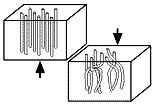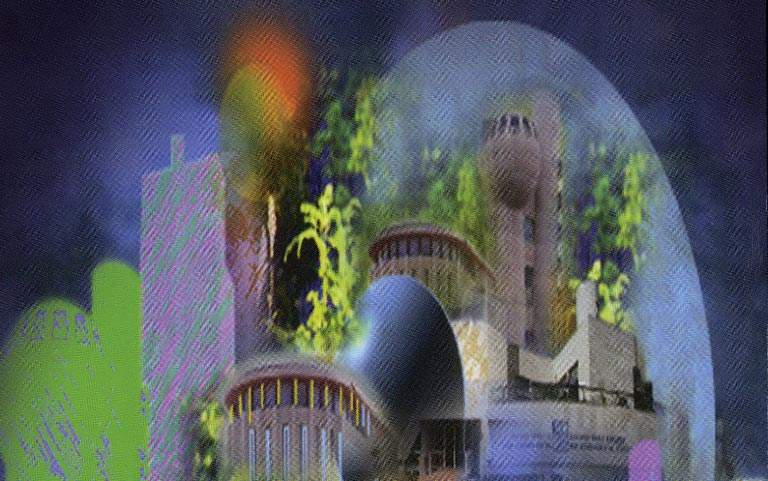Concentrated sunlight creates ceramic superconductors
Superconductors are materials that conduct electricity without resistance. Potential uses for superconductors include: conducting powerful currents over great distances, constructing very powerful electromagnets, producing sensors for minuscule magnetic fields, and developing various computer components. Most metals become superconductors when they are cooled below a specific threshold temperature often close to absolute zero. In the past decade, significant progress has been made in developing ceramic superconductors that work at relatively high temperatures (currently up to -140°C or -220°F).
Weizmann Institute scientists have developed a clean, fast and relatively inexpensive method of producing superconductor materials through fusion by solar energy. The new production method uses a beam of solar radiation, concentrated 11,000 times above natural sunlight, to process a ceramic material. When this material is cooled to temperatures of -200°C (-328°F), it acts as a superconductor capable of carrying electric currents of tens of thousands of amperes through material one square centimeter in cross section.
A liquid kind of magnetism
Superconductors are threaded by magnetic fields in the form of minute tubes called flux lines or vortices, each containing a weak magnetic flux. These flux lines are arranged equidistant to each other to form a sort of solid crystal of tiny magnetic fields. However, various theoretical studies suggest that, under certain conditions the flux lines will become unstable and pliant, and the distances between them will change continuously, forming a vortex liquid state.
Weizmann Institute scientists proved the existence of this liquid configuration through a complex experiment that also demonstrated that the transition between the solid and liquid configuration takes place at a well-defined melting point. The experiment was made possible after the researchers developed and constructed some particularly minute and responsive sensors for measuring magnetic fields. These sensors should fulfill a central role in future research of a wide range of technological developments for the new high-temperature superconductors.























